Deck & Commander Strategies

Gisa and Geralf
Create a strong zombie tribal board by milling cards and recurring zombie creatures from the graveyard each turn, using token generators and graveyard synergies to overwhelm opponents.

Emrakul, the Promised End
Use Mindslaver and artifact synergies to control opponents' turns, disrupting their plans and manipulating the game state to secure victory.

Ishkanah, Grafwidow
Generate spider tokens and leverage reach and poison effects to control the board and deal incremental damage to opponents.
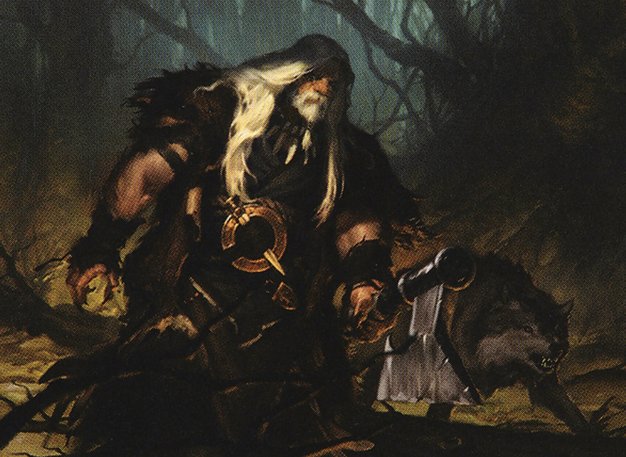
Ulrich of the Krallenhorde
Likely focused on aggressive werewolf tribal combat strategies to pressure opponents through combat damage and synergy.
Gameplay Insights
- 1
Gisa and Geralf's ability to cast zombie creatures from the graveyard every turn created consistent board presence and pressure.
- 2
Emrakul's player prioritized assembling Mindslaver combos and artifact recursion to take control of opponents' turns and disrupt their strategies.
- 3
Ishkanah's spider token generation combined with poison damage effects provided both defensive capabilities and incremental life loss to opponents.
- 4
Token generation and graveyard recursion were key themes, with spells like Dark Salvation serving both as removal and token producers.
- 5
The interaction between recurring zombie tokens and proliferate mechanics enabled incremental growth in board state and threats.
- 6
Mindslaver combos were a major strategic focus, requiring careful management of artifacts and mana to execute effectively.
Notable Cards
-
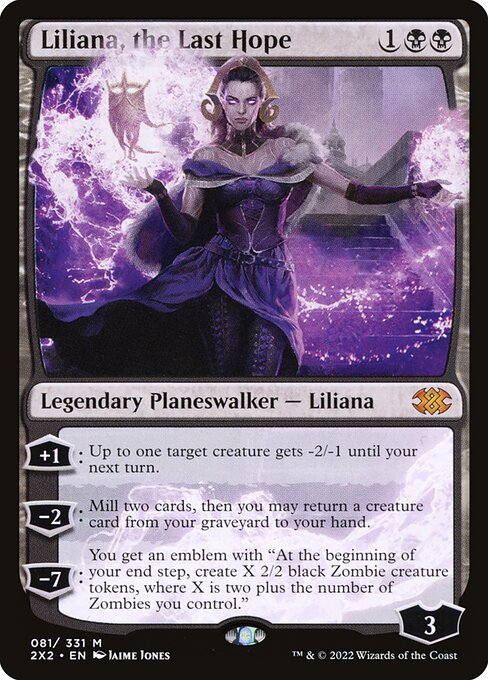
Liliana, the Last Hope
-
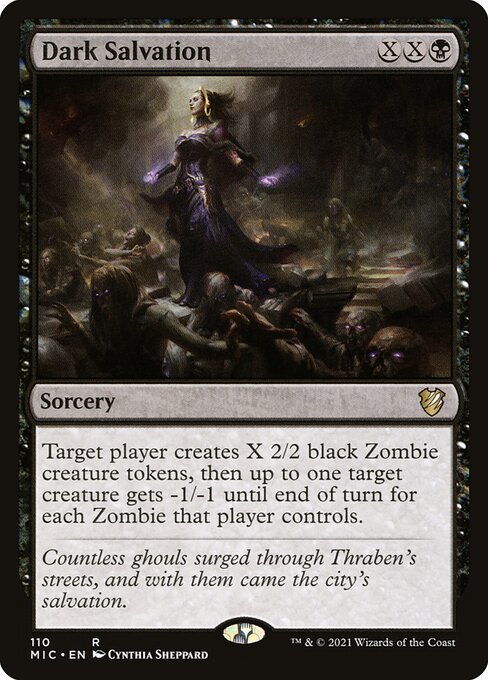
Dark Salvation
-
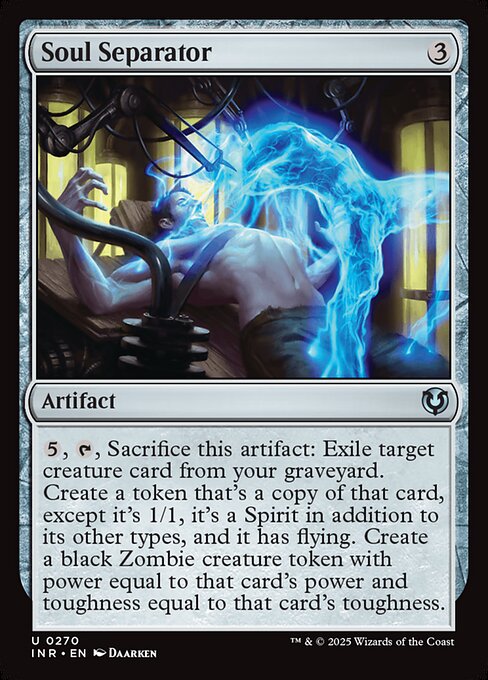
Soul Separator
-
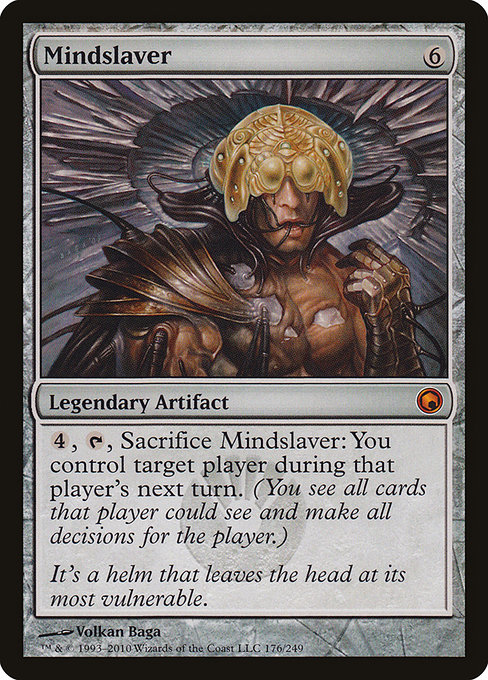
Mindslaver
-
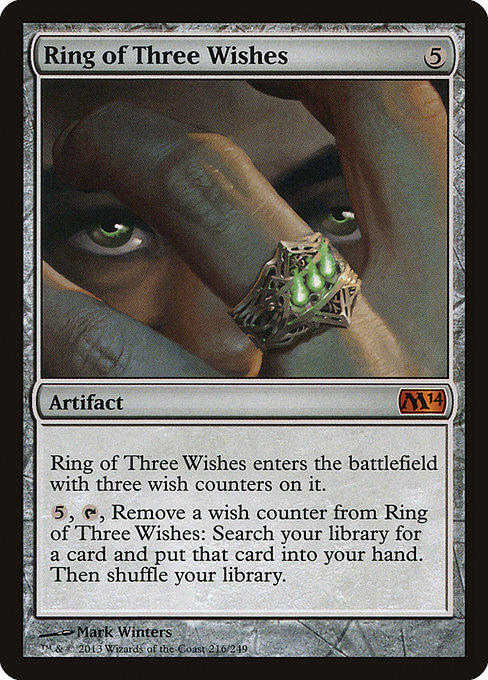
Ring of Three Wishes
-
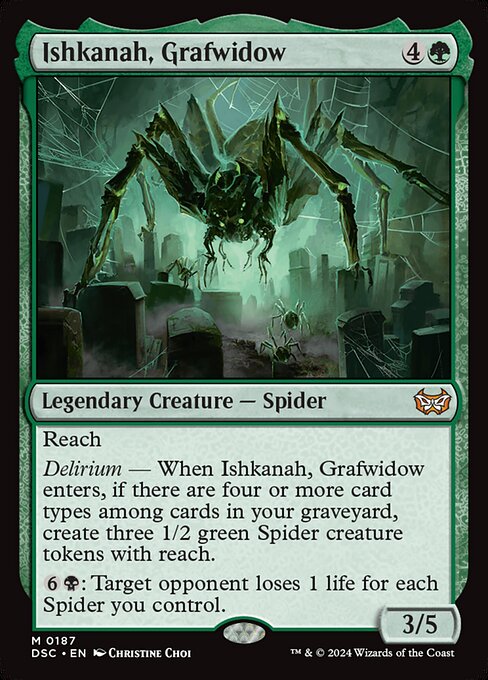
Ishkanah, Grafwidow
Gameplay Summary
The multiplayer Commander game featured four decks led by Emrakul, the Promised End; Gisa and Geralf; Ishkanah, Grafwidow; and Ulrich of the Krallenhorde.
Early on, Gisa and Geralf established a strong zombie tribal presence by milling cards and recurring zombie creatures from the graveyard, creating a steady stream of threats and leveraging cards like Liliana, the Last Hope and Grave Harvest for board control and token generation.
Emrakul's player aimed to control opponents' turns using Mindslaver and other artifact synergies, seeking to manipulate the flow of the game and disrupt opponents' plans.
Ishkanah focused on generating spider tokens and utilizing reach and poison effects to chip away at opponents, while Ulrich's deck likely revolved around werewolves and aggressive combat strategies, though less detail was provided about Ulrich's playstyle in this segment. A pivotal moment in the game was the use of Gisa and Geralf's graveyard recursion to maintain board presence and pressure, while Emrakul's control elements threatened to take over turns and shut down opponents' actions.
Ishkanah's spider tokens served both defensive and offensive roles, creating blockers and dealing incremental damage.
The game revolved around managing board states with recurring creatures, control of turns, and incremental life loss.
The win condition for Gisa and Geralf was overwhelming opponents with an army of zombies and value from graveyard recursion, Emrakul's plan was to control and outmaneuver opponents by taking their turns, Ishkanah aimed to control the board with spiders and poison damage, and Ulrich likely pursued aggressive combat damage through werewolf tribal synergies.
![Commander VS S4E3: Emrakul vs Gisa and Geralf vs Ishkanah vs Ulrich [MtG: Multiplayer] thumbnail](https://i.ytimg.com/vi/ThoExHZN_qw/sddefault.jpg)

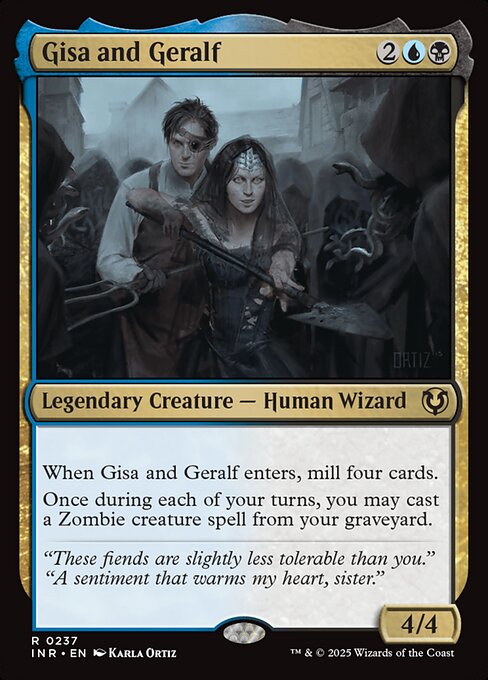

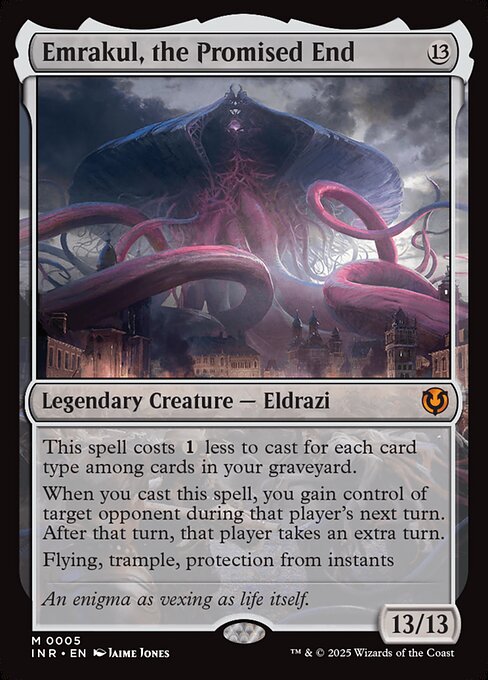
![Starter Commander Decks [Commander VS 321] | Magic: the Gathering Commander Gameplay thumbnail](https://i.ytimg.com/vi/seEnqBzrpsU/sddefault.jpg)

![Commander VS S16E4: Endrek Sahr VS Zegana VS Ishkanah VS Marton [EDH] thumbnail](https://i.ytimg.com/vi/Ju3QFWvBHfk/sddefault.jpg)























![Revenge of the Deck EP: 31 Jaxis v Emrakul v Zur v Myrel [EDH gamplay] thumbnail](https://i.ytimg.com/vi/JbbFmWA3R24/sddefault.jpg)







